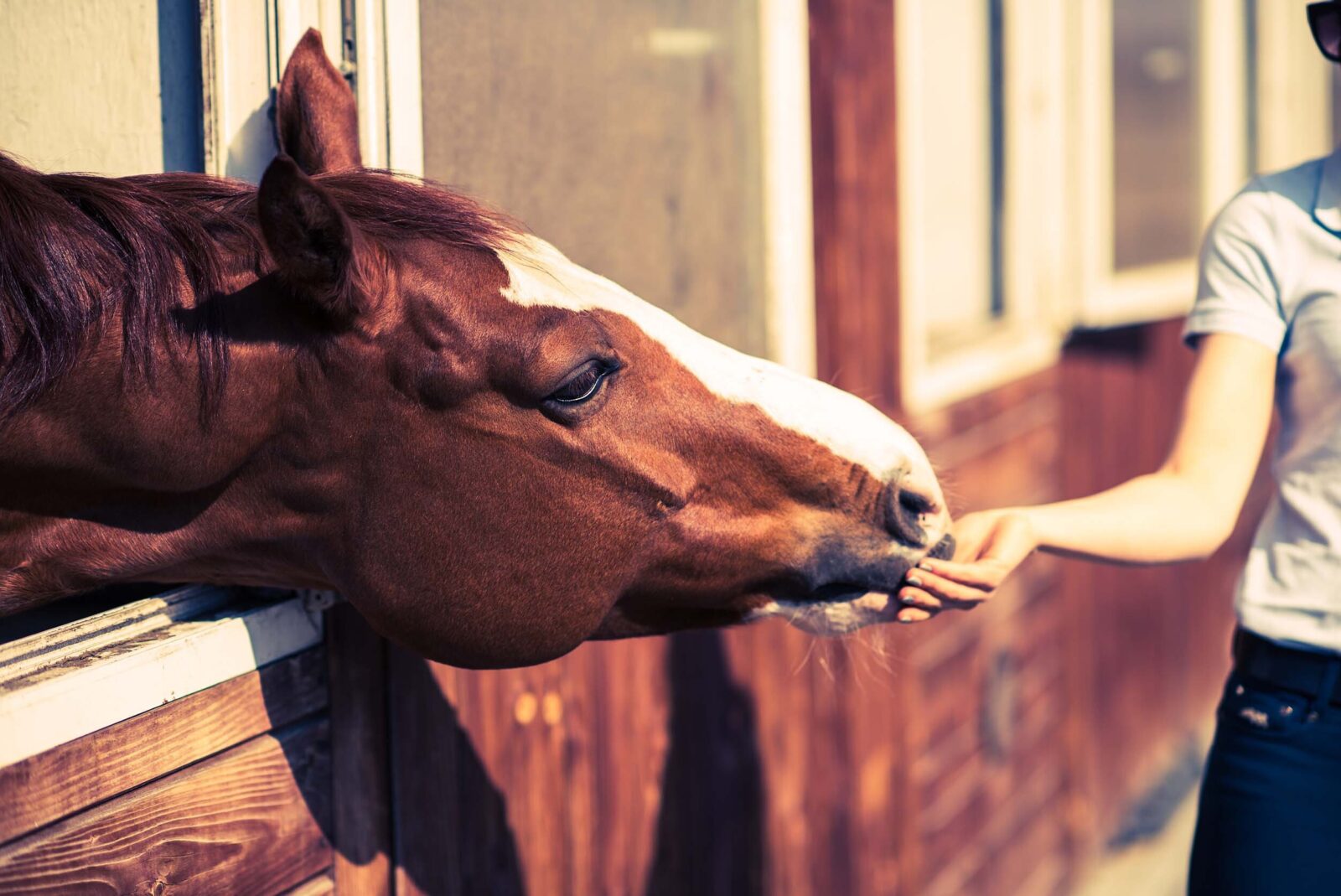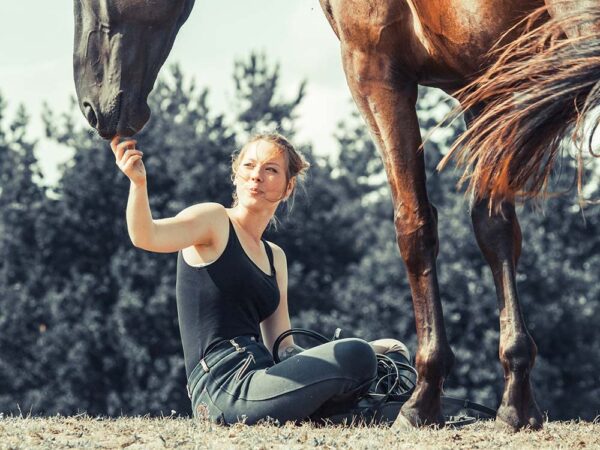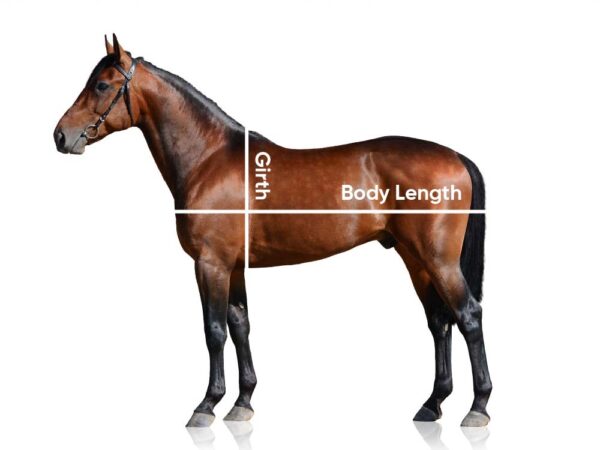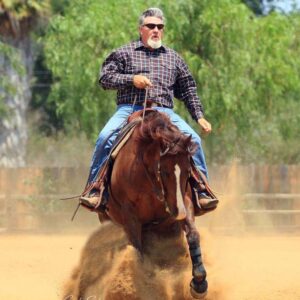
Equine Advantage's nutrition and horse specialist, Troy Stansbury answers your questions. The Cowboy, as he's come to be known, has had a life long passion for horses. He has a comprehensive knowledge and a broad understanding of a horse’s nutritional requirements.
He has played a role in formulating some of the horse industry's most-widely used feeds, including Equine Advantage. His incredible knowledge of horses and former life as a competitive horse rider has given him stories and tips and tricks that he hopes will help other equine lovers.
In this month's Cowboy Corner Troy tackles two key questions when it comes to horse nutrition and health — How much do I feed? And what does it mean for a horse to work hard?

How do I know how much to feed my horse?
First, it is important to understand the fundamentals of feeding all horses
- Must have Forage daily
- Must have Clean Water daily
- Must always have Salt available
As for the quantity of food required, the general rule of thumb is that Forage/Hay should be fed at a rate of 1.5 to 2.0% of your horse’s weight.
EXAMPLE: 1000 lb. horse x 1.5% = 15 lbs. of forage per day
Keep in mind, that depending on your horse’s current weight and workload, you may need to adjust up (underweight horse, or heavy workload) until the ideal weight/performance is achieved.
You will need to determine your horse’s weight; You can use a scale if available for the most accurate weight or the tape measure method described below.
The Tape Measure Method
Use a tape measure to measure around the horse’s girth by placing the tape across the highest part of the withers and keeping the tape as close behind the elbows as possible. This is the HEART GIRTH. Use two people to measure from the point of the shoulder, straight back along the horse’s side to the point of the buttock or crease – this is the BODY LENGTH.
How to calculate weight Girth x Girth x body length divided by 330 = = Approximate Bodyweight

Feeding Supplemental Grain would be based on the manufacturer’s recommendation, such as 4-6 lbs. per day, making adjustments as needed for underweight/overweight horses and workload.
Be sure to consider your horse’s underlying health issues, such as allergies, dental and metabolic concerns, etc. when feeding supplemental grains.

How do I know if my horse is a hard working horse?
This is a harder question to answer than you may think – I am going to give you examples of different levels of “work” so you can best decide where your horse fits best:
Light work would be between 1-3 hours of work a week – work consisting of approximately 40% walk, 50% trot and 10% canter (lope)
Moderate work is 3-5 hours per week made up of 30% walk, 55% trot and 10% canter (lope), 5% low jumps or other skill work such as spins, slide stops.
Heavy work is 4-5 hours per week consisting of 20% walk, 55% trot, 10% canter (lope) and 15% gallop
Very Heavy work is really only done by high performance horses, such as racehorses, Elite 3 Day Eventers and Endurance Horses

